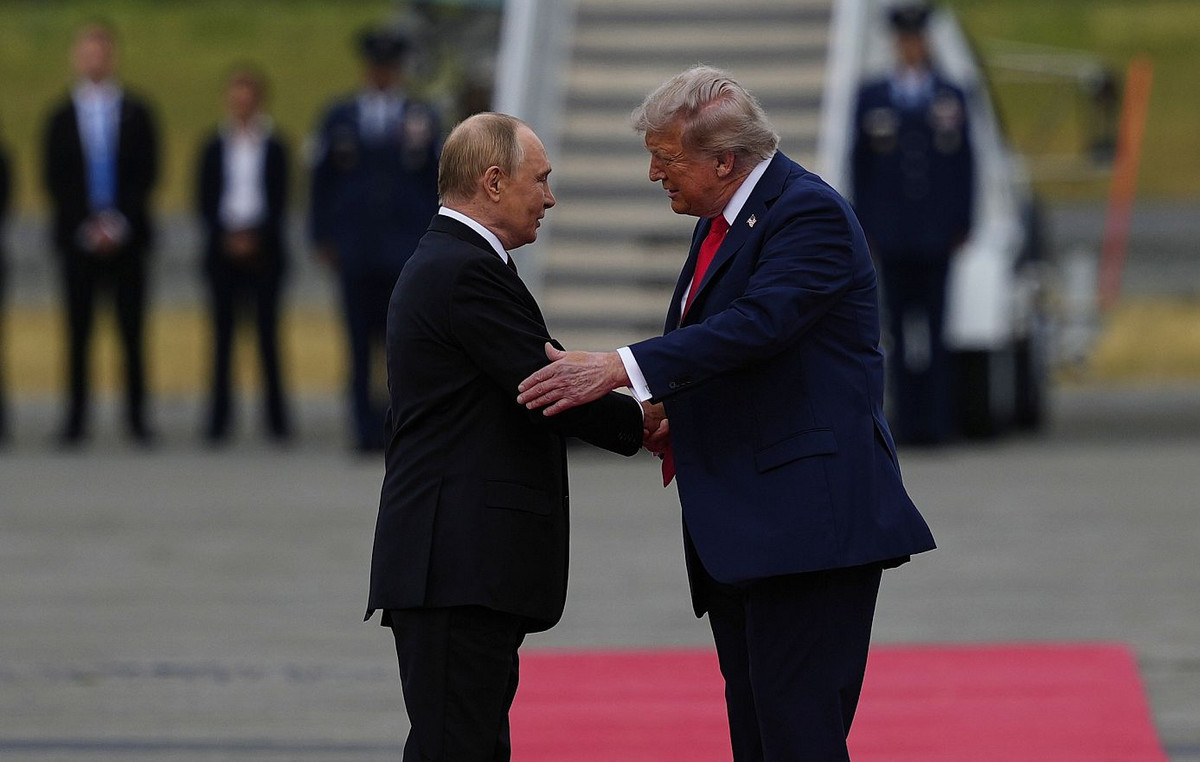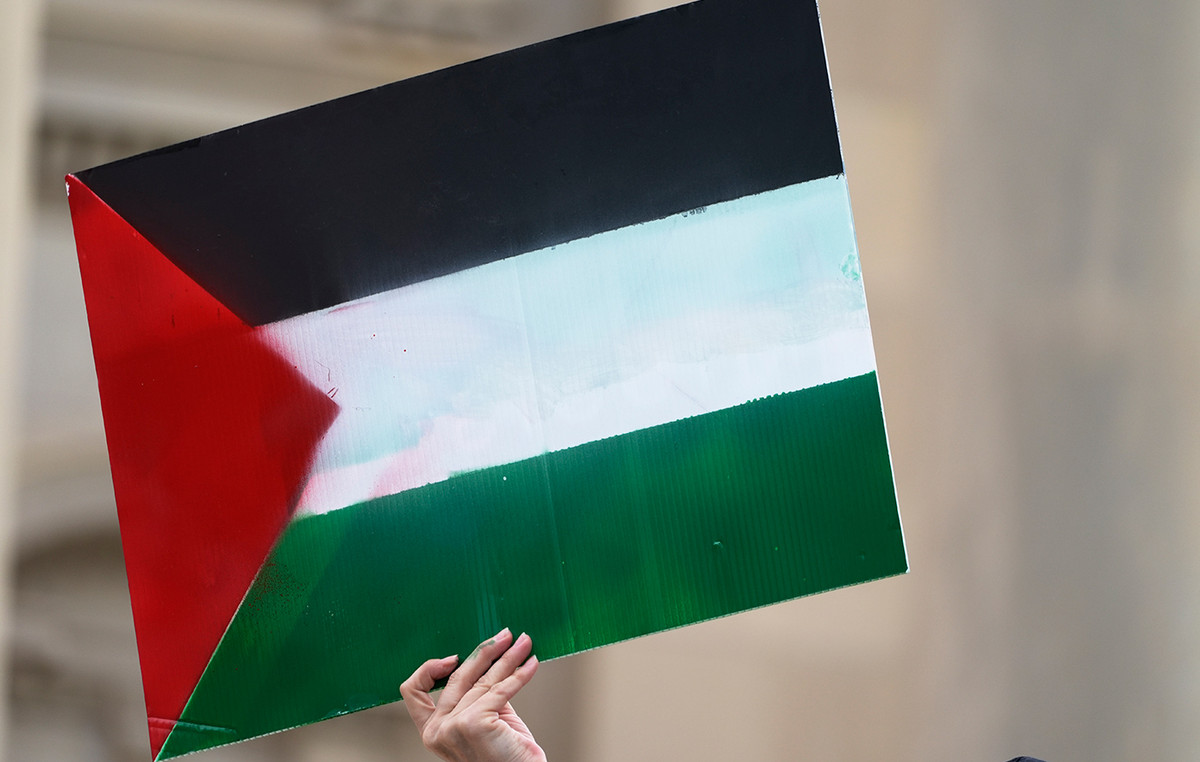Soon after the first signs of alleviation of the calamity, the enthusiasm of the Brazilian people to go out onto the streets and enjoy survival, in a kind of collective catharsis, was enormous. At the beginning of 1919, after a year marked by the deaths of the Spanish flu and the remnants of the First World War, happened what went down in history as the “Carnival of carnivals”.
The similarities between the situations stand out. Also now, the expectation of revelers is great, since the last block came out 20 months ago. But there are still many doubts about the party. At least two dozen cities have already canceled Carnival, while others, such as Rio de Janeiro and São Paulo, are still awaiting the unfolding of the fourth wave of Covid-19 and the impacts of the Ômicron variant.
With less scientific information, in 1919 the decision was made for the party – one of the biggest ever. In that Carnival, Cordão do Bola Preta was born, one of the main blocks in Rio de Janeiro. Groups of people dressed in typically Spanish garb crowded the streets: women in long red skirts and fans and men in embroidered jackets and hats.
Merchants, who until then had kept their doors closed in quarantine, ran out of perfume launchers, costumes and wigs (one of the main consequences of the Spanish flu was hair loss), making up for the lack of profit in the previous period. Carnival marches were created among the blocks, related to the pandemic context.
“Whoever didn’t die of Spanish,
who could escape from her
No more handling the ball,
let’s laugh, play (…)”
It was a mixture of euphoria, relief, urgency for freedom and an exorcism of terror and anguish experienced throughout the first year of the pandemic, in addition to the ironic aspect implicit in the marches, related to the pain of thousands of deaths.
The big party was not limited to the territory of Rio de Janeiro. “It was a phenomenon that happened in other cities too. Everything indicates that there was greater freedom in customs and acts. There was even the prospect of the end of the war. Without a doubt, people celebrated the fact that they were alive”, explains Ricardo Augusto dos Santos, a researcher at Fiocruz and a doctor in history from the Fluminense Federal University (UFF).
That celebration, however, did not measure its own consequences. After all, the Spanish flu only came to an end in April 1920. It was a time of extreme health fragility. “There was no structure for something of that dimension. In fact, medical intellectuals called for the creation of a national health agency only in 1920, long after the Carnival of the Carnival: the National Department of Public Health (DNSP)”, comments Santos.
The researcher says that almost the entire fight against the flu was carried out by isolated actions of the federal government, such as philanthropic associations and associations of workers and doctors. In addition, field hospitals and makeshift wards were set up. “Help was welcome, but unfortunately little. There are still many questions about the 1919 Carnival. For example: during Carnival, how many were still sick? How many got sick in those days?”, points out Santos.
1919 x 2022: similarities and differences
It is interesting to note that the Spanish flu was characterized as the biggest pandemic of the 20th century because the speed of spread of the virus was not only related to war (transit of soldiers, crowded barracks and poor conditions at the fronts and in the trenches), but also to 2nd Industrial Revolution. The disease was called “the first modern pandemic”, reaching a third of the world’s population and decimating 5%.
“Today, due to technology, accessibility across borders is even greater. At that time, three to four month voyages by ships were necessary for people to arrive from Europe to Brazil, for example”, comments researcher Diego Xavier, from Fiocruz.
The ease of transport and the practice of tourism makes the situation even more favorable and quick for the spread of disease. Brazil is even more susceptible, as it is the destination of many foreigners during Carnival and, now, preferred by visitors looking for countries that do not require a vaccination card.
“What the data indicate is that despite the risks of that Carnival, it was much smaller than it would be a Carnival now, in 2022. We still don’t know how the impact of the modifications of the new coronavirus will be”, complements Ricardo Augusto dos Santos.
In 1919, Rio de Janeiro had 1 million inhabitants. Today, there are more than 6 million. “These are different times. In addition to the fact that that year we did not receive tourists from other cities or countries, in 1919 there was no time off from work during all days of Carnival, whereas today it is the biggest holiday of the year in Brazil. What will be the impact of this?”, asks the historian.
On the other hand, there are now more protective measures that have been proven to be effective, in addition to the remarkable advance of science, which was able to create vaccines against Covid-19 in just one year. This is what Luiz Antônio da Silva Teixeira points out, master in collective health from the State University of Rio de Janeiro (UERJ), doctor in history from the University of São Paulo (USP) and researcher at Fiocruz.
“It is possible to observe, however, the same denial on the part of the population between 1919 and 2021. The social reaction to the Spanish flu is written in a set of epidemics and other tragedies previously unknown, about which there were no scientific explanations about it: denialism it is also a reaction of fear, despair and lack of information”, he explains.
Any pandemic leaves a trail of long-term sequelae. “The consequences remain later in society. The reality before the catastrophe was not returned. Following this logic, it is important to calculate the necessary precautions considering all possible scenarios, and very carefully”, says Teixeira.
Finally, Ricardo Augusto dos Santos launches a reflection on the possible Carnival of 2022: “Honestly, celebrate what?”
Reference: CNN Brasil







